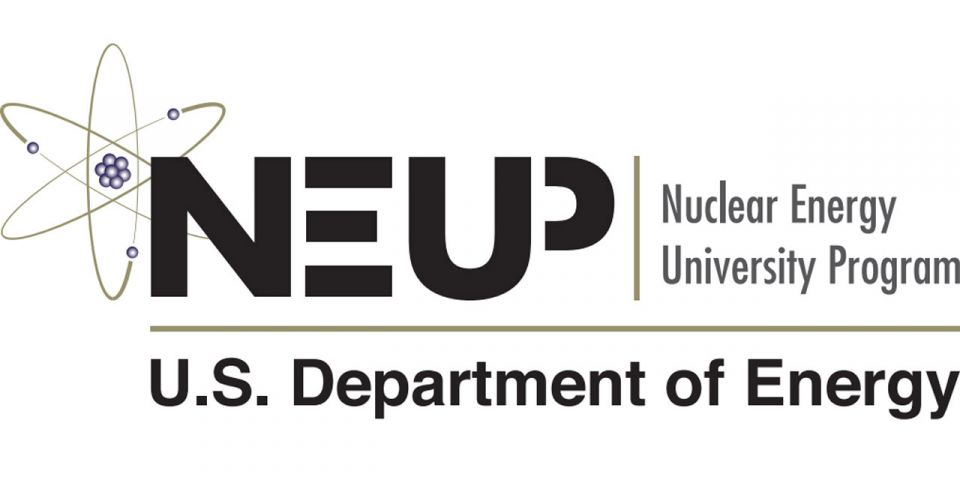Funding for data collection: The data in the new ORISE report are the first collected since 2019. Funding was not available in 2020 but resumed thanks to the efforts of the Nuclear Engineering Department Heads Organization (NEDHO), which, according to former NEDHO chair Paul Wilson, sent “a letter jointly to all the leaders of the University Nuclear Leadership Program . . . . requesting that they work together to allocate funds. I am not sure which office(s) ultimately allocated funds, but the effort resumed with the release of the new report.”
Those on the receiving end of the letter were assistant secretary Kathryn Huff of the Department of Energy’s office of Nuclear Energy; Ray Furstenau, director of the Office of Nuclear Regulatory Research at the Nuclear Regulatory Commission; and associate assistant deputy administrator David LaGraffe of the National Nuclear Security Administration.
Data on degrees: The data on nuclear engineering degrees from 2010 to 2022 are as follows:
Nuclear Engineering Degrees, 2010-2022
| Year | B.S. | M.S. | Ph.D. |
|---|
| 2022 | 454 | 267 | 208 |
| 2021 | 444 | 223 | 174 |
| 2019 | 622 | 316 | 194 |
| 2018 | 623 | 260 | 195 |
| 2017 | 619 | 282 | 170 |
| 2016 | 621 | 355 | 161 |
| 2015 | 652 | 363 | 147 |
| 2014 | 627 | 322 | 169 |
| 2012 | 610 | 333 | 119 |
| 2011 | 524 | 277 | 113 |
| 2010 | 443 | 303 | 113 |
One key point revealed in the data is that, in 2021, the number of bachelor’s degrees earned dropped below 600 for the first time since 2011. Another point is an increase in master’s degrees from 2021 to 2022, though the most recent number is below that of 2019. In terms of doctoral degrees, the number awarded in 2022 was 20 percent higher than that in 2021 and 7 percent higher than in 2019.
Enrollment numbers: The ORISE survey report also includes rather discouraging information on enrollment trends. The reported enrollment of junior and senior nuclear engineering undergraduate students in 2022 was approximately 1,470—a decrease of about 16 percent from 2019, of 13 percent from 2018, and of 24 percent from 2016. As noted in the report summary, “Undergraduate enrollments reported for 2022 are the lowest since 2014 and appear to be on a new trajectory, compared to the strong positive trend exhibited from 2001 to 2013.”
According to the report, graduate enrollment numbers totaled about 1,590 students in 2022. That number was 6 percent lower than graduate enrollment in 2019 and 10 percent lower than in 2018. According to the report, “Graduate enrollments continue their uneven advance from the low levels experienced twenty years ago and are on par with the numbers reported at the inception of collecting enrollment data in 1971.”
Career plans: Additional information contained in the ORISE report covers career plans of students. Among undergraduate students, 53 percent say their career plans are “unknown/not reported,” compared with 43 percent of graduate students and 41 percent of doctoral students.
For those undergraduates who reported definite career plans, the most common involve active-duty military, nuclear utilities, DOE contractors, other nuclear-related employment, and federal government work.
The most common career plans given by graduate students are DOE contractors, nuclear utilities, other nuclear-related employment, federal government employment, and active-duty military. Doctoral students name DOE contractors, other nuclear-related work, and federal government work as their top plans.
 The recently released 2021–2022 data from the Nuclear Engineering Enrollment and Degrees Survey, prepared by the Oak Ridge Institute for Science and Education (ORISE), might be considered a mix of good news and bad. In 2022, there were 208 doctoral degrees awarded in nuclear engineering in the United States—the most since 1966, when the survey began. However, the overall number of nuclear engineering degrees awarded in 2021 and 2022 was at the lowest level in more than a decade. The results are based on data collected from 34 U.S. universities with nuclear engineering programs.
The recently released 2021–2022 data from the Nuclear Engineering Enrollment and Degrees Survey, prepared by the Oak Ridge Institute for Science and Education (ORISE), might be considered a mix of good news and bad. In 2022, there were 208 doctoral degrees awarded in nuclear engineering in the United States—the most since 1966, when the survey began. However, the overall number of nuclear engineering degrees awarded in 2021 and 2022 was at the lowest level in more than a decade. The results are based on data collected from 34 U.S. universities with nuclear engineering programs.


